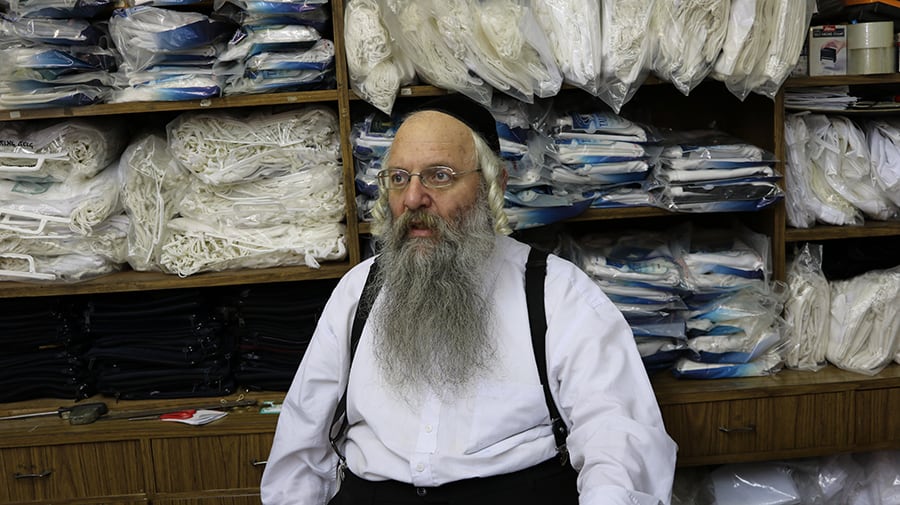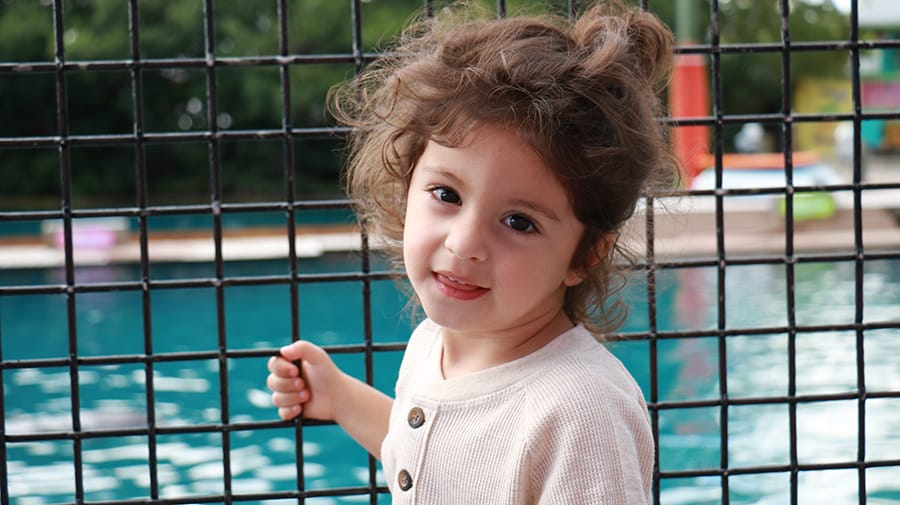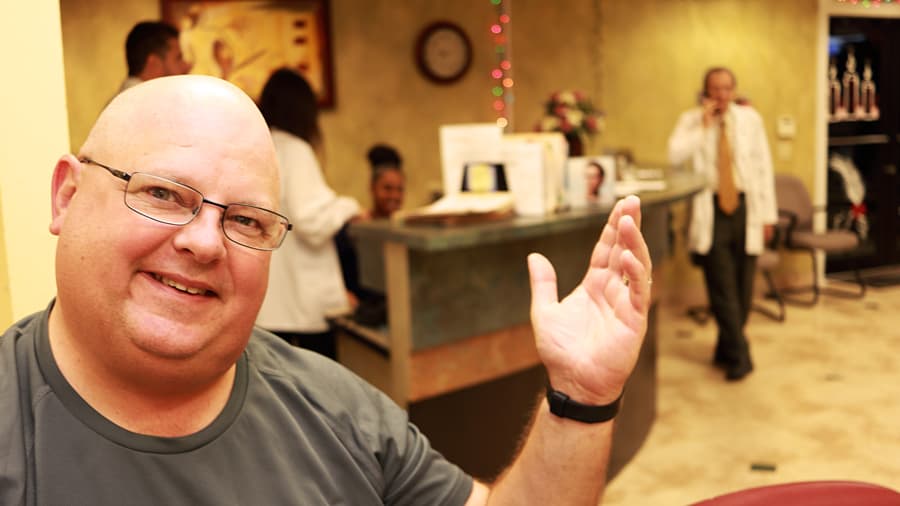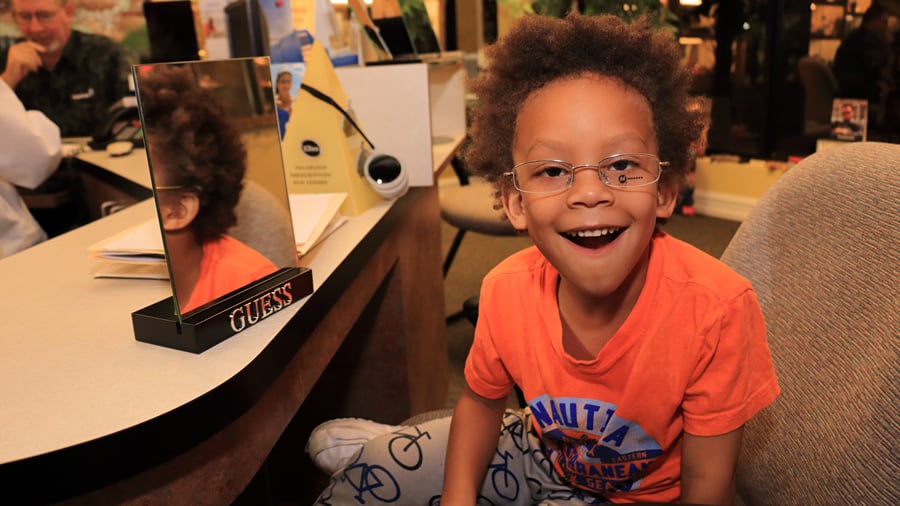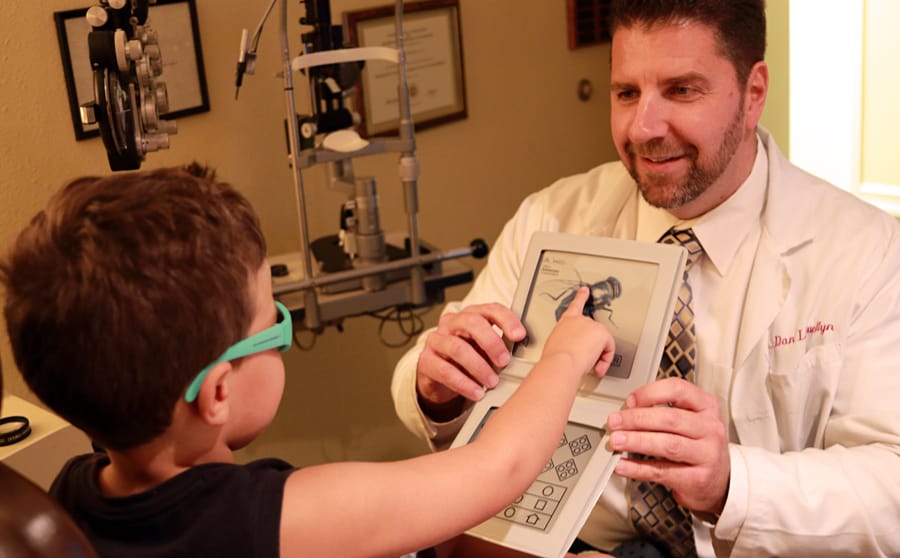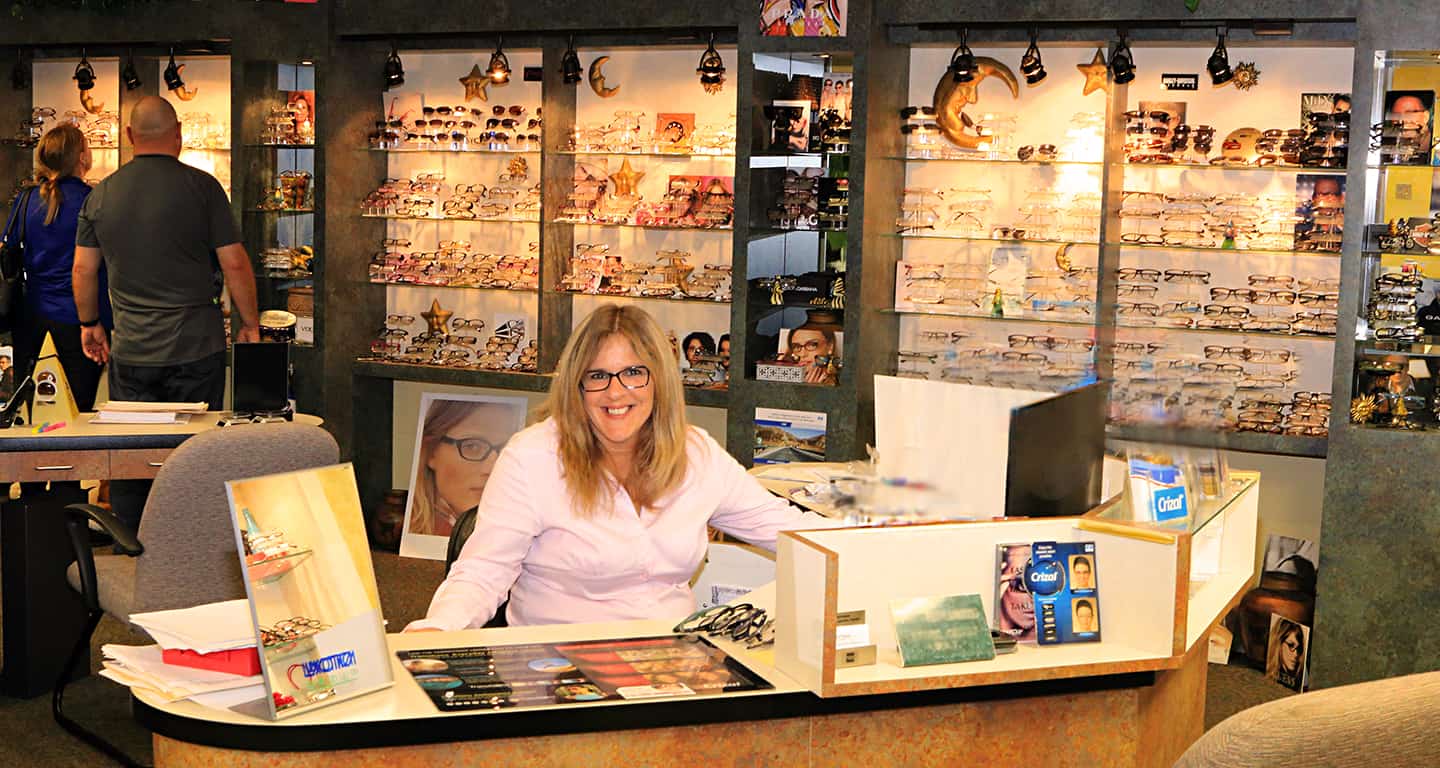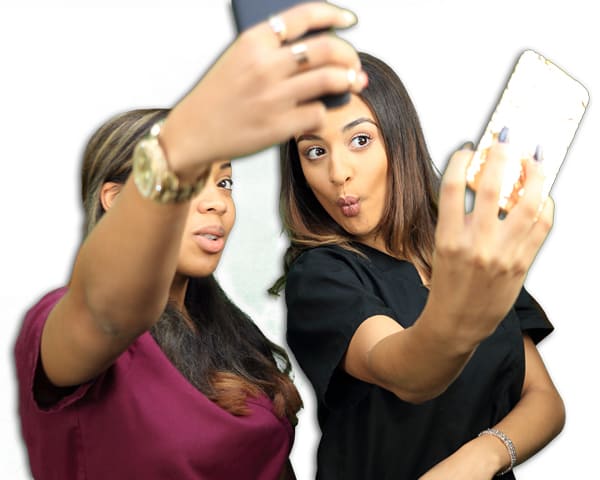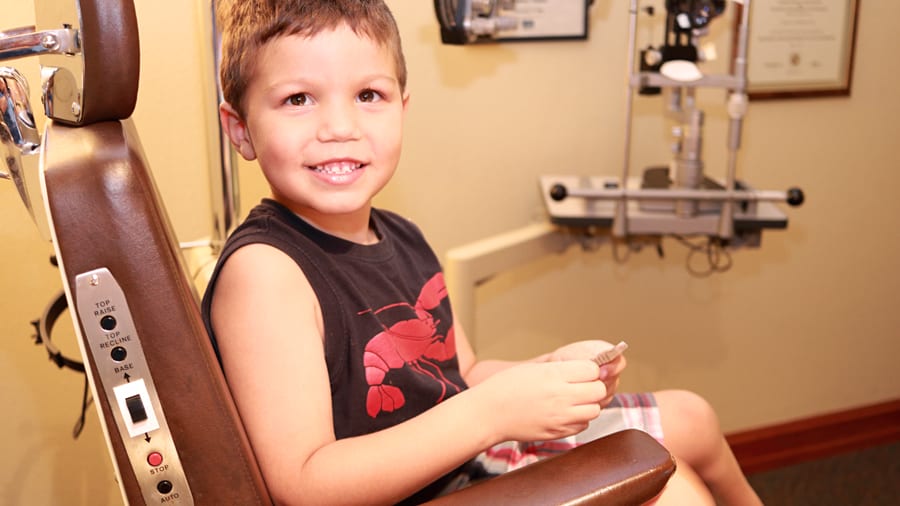Photography
We know color, print and web. LikeCatcher’s roots go back to the early days of color pre-press systems such as Scitex and Adobe Photoshop. We can capture unique and creative photography for your website and print.
Photos and graphics are our specialty. Over 30 years of color experience for both print, presentation, and web. I’ve been working with PhotoShop since version 1.0 and worked pre-press since the days of Scitex in the 1990’s. Fluent is most all photo editing and DTP applications since the dawn of the Desktop Publishing Revolution.
Original photography is very important for your website to have great SEO
Royalty free images are an inexpensive and convenient assets for your website. But they don’t help your SEO. This is because Google indexes images that are unique. Royalty free images are resold for placement on lots of other websites, so Google my ignore your content if you use them.
LikeCatcher is a Photography Specialist for Website Images
Got images to work with now?
LikeCatcher color corrects and improves photos and graphics so they pop off the screen and/or press with crisp color fidelity.
Photos and graphic images for web and print have very different requirements.
Most Displays have a resolution of 96dpi (pixels per inch) while printing needs a minimum resolution of 300dpi. A photo that pops on screen may print with banded colors. Royalty free stock art usually print poorly if not converted properly for CMYK color printing. I’ll explain as I continue below…
We know color; Color is not free.
Well 80% correct color is free. But that last 20% for the most accurate color does have a cost. PhotoShop and smartphone apps would have you believe their auto enhance button does expert color correction for you. Truth is, it does but only on the screen you are seeing. A photo that looks great on your tablet may print with a flat muddy brown appearance on paper. To understand why we need to talk about some basic color science. We see in Additive Color Space. But we print in Subtractive Color Space.
Your eyes are an amazing device that only see’s the primary colors of light: Red, Blue, Green (RGB). We call this Additive Color Space because when you add 100% red, blue, and green light together you get white. Remove all colors away and you see black. Each individual color in RGB can seen as 256 different colors. The human eye can see 16 million different colors (Red 256 x Blue 256 x Green 256 = 16,777,216 colors).
If you try to print on paper with only RGB inks you get some nasty colors. This is because its impossible to make perfect RGB inks. We call that color error. We can perceptually fool our eyes to see the same RGB colors in printing with the Subtractive Color Space of:
Cyan, Magenta, Yellow,
& Black (CMYK for short)
(Black=K because Blue=B in color science theory) We can make almost perfect CMYK inks. But to change color space from RGB to CMYK we need to extract just the right amount of color from the RGB space to create the black in CMYK. Imagine you have a sheet of white paper in your hand. No ink on the paper is white. If you print all CMYK colors on top of each other, the inks block the light from reflecting off the paper, so your eye sees black, or no light.
There’s actually more to printing accurate color on ink-jet printers and printing press because we don’t print solid colors. We print dots and dithers. Issues such as dot-gain, and resolution are things to consider when working with photos and graphic images for print. But that’s would be another discussion.









